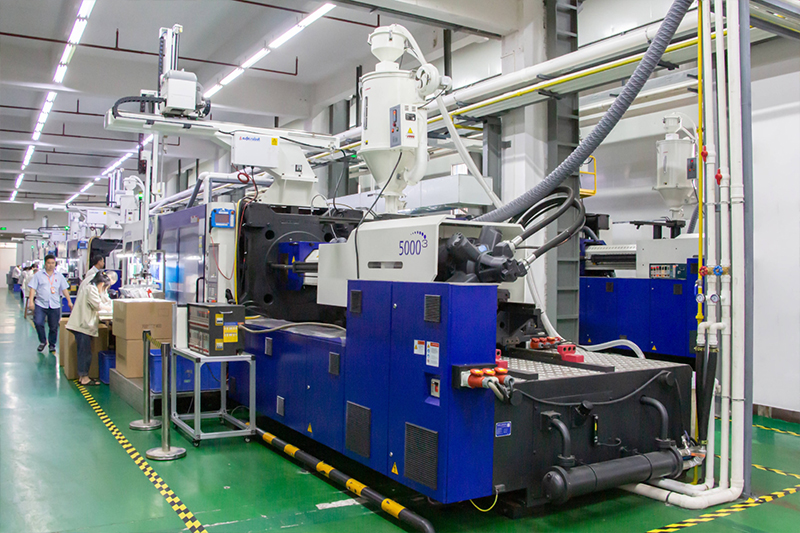What is the detailed explanation of injection mold structure?
The detailed explanation of the structure of the injection mold mainly includes the following five aspects:
1. Mold infrastructure
Injection molds are usually composed of two parts: fixed mold and dynamic mold. The fixed die is installed on the fixed plate of the injection molding machine, while the moving die is installed on the moving plate of the injection molding machine. In the injection process, the dynamic mold and the fixed mold are closed to form the cavity, and the plastic melt is injected into the cavity and cooled and cured to form the product of the desired shape.
2, forming parts
The forming parts are the parts that directly participate in the plastic forming in the mold, including the cavity, the core, the slider, the inclined top, etc. The cavity and core constitute the inside and outside shape of the product, and its design accuracy and surface quality directly affect the dimensional accuracy and appearance of the product. Sliders and inclined tops are used for lateral core-pulling or backlocking structures in molded products to ensure smooth release of the product.
3. Pouring system
The pouring system is responsible for guiding the plastic melt from the injection molding machine nozzle to the mold cavity, and its design directly affects the molding quality and production efficiency of the product. The pouring system includes a main channel, a split channel, a gate and a cold hole. The flow balance and heat distribution of the plastic melt should be considered in the design of the main channel and the diversion channel, and the design of the gate should be optimized according to the shape and thickness of the product to ensure that the melt can fill the cavity evenly and stably.
4. Guiding and positioning mechanism
The guide and positioning mechanism is used to ensure the accuracy and stability of the mold during the mold closing and opening process, and to prevent mold deviation or misalignment. Common guiding mechanisms include guide posts and guide sleeves, which are respectively installed on the moving die and the fixed die to play a precise guiding role. The positioning mechanism is used to ensure the accurate alignment of the mold during mold closing and to prevent forming defects caused by offset.
5. Release mechanism
The ejector mechanism is used to push the molded product out of the mold smoothly, and its design needs to be optimized according to the shape and structure of the product. Common ejector mechanisms include thimble, ejector rod, roof and pneumatic ejector. The thimble and ejector rod are the most commonly used ejector elements, which push the product out of the mold cavity through the action of the ejector force. The top plate is used for large-area product demoulding, and the pneumatic demoulding is suitable for small or complex shaped products.
In summary, the detailed explanation of the structure of the injection mold involves the basic structure of the mold, forming parts, pouring system, guiding and positioning mechanism and release mechanism. These components work together to ensure that injection molds can efficiently and stably produce plastic products that meet the requirements.
Post time: Apr-01-2024





